Long COVID symptoms of the 'cured' are real, Fitbit data confirms

The share of Americans with wearables that also offer some digital health function is constantly growing, and medical researchers have taken notice. Back in March of last year, when the COVID-19 pandemic was still in its nascence, the Scripps Research Translational Institute in California embarked on the so-called DETECT study that leveraged wearables, mainly from the Fitbit gang, to gauge their disease detection abilities.
While there are some, especially in combination with self-reporting of symptoms, the DETECT study findings were used to expose something even more interesting - long COVID detection by their Fitbits.
The term "long COVID" was coined to serve as an umbrella expression for all the various health problems a person that was otherwise considered "cured" from the virus, is still having months after they caught and dealt with the disease.
These range from chronic fatigue syndrome to neurological disorders, as the virus is sneaky and can lodge into numerous organs during its travels in the body. When accounting for the post-COVID symptoms, the researchers found out that Fitbit can give them even more credible information that a person is indeed having to deal with the virus aftermath long after it was supposedly cleared.
We found a prolonged physiological impact of COVID-19 infection, lasting approximately 2 to 3 months, on average, but with substantial intraindividual variability, which may reflect various levels of autonomic nervous system dysfunction or potentially ongoing inflammation. Transient bradycardia has been noted in a case study approximately 9 to 15 days after symptom onset, which was also seen in our population.
The trouble is, however, that while step count and sleep time returned to normal fairly quickly - about a month after the diagnosis - the cardiovascular impact, as reported by the people's Fitbits, persisted for much longer.
"This difference was most marked for RHR [resting heart rate], with COVID-19–positive individuals initially experiencing a transient bradycardia followed by a prolonged relative tachycardia that did not return to baseline, on average, until 79 days after symptom onset," say the study's findings, reiterating once again, this time with the data collected from your trusted wearable, that the COVID-19 virus can leave a lasting impact on your health even if you are considered "cured" by the statistics.
Follow us on Google News


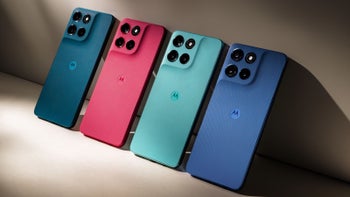


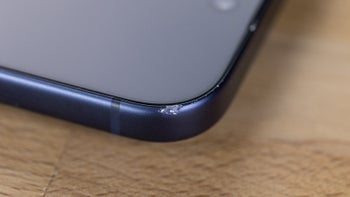
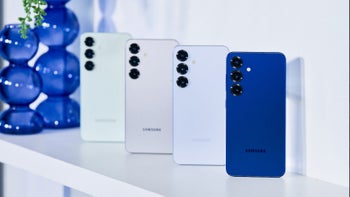
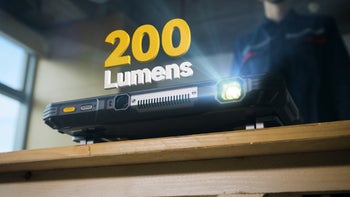
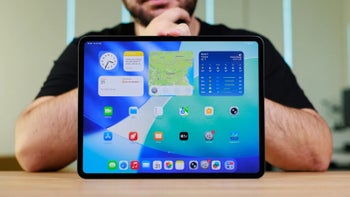

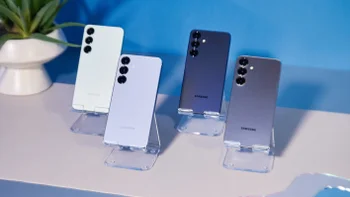
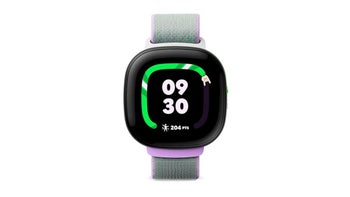
Things that are NOT allowed:
To help keep our community safe and free from spam, we apply temporary limits to newly created accounts: